Active listening and a publishing opportunity
Jono Ryan
Traditionally, listening was approached as a passive activity in “which the listener receives information sent by a speaker” (Newton & Nation, 2021, p. 39). Teaching and learning mainly involved a comprehension approach, whereby learners were tested on what they heard with reference to a single correct answer. This mainly occurred after a pre-listening activity to set the context (‘At a restaurant’), some language input (typically some new or unfamiliar vocabulary), and perhaps activating some existing knowledge relating to the theme or context (e.g. mental scripts and scenarios of restaurant-based activities). The actual listening task typically involved answering comprehension questions (e.g. multiple choice, matching, short answer). In the testing phase, the correct answers would be provided, with feedback often going no further than confirming or correcting the learner’s answer. This feedback, along with the practice, was presumed to help with learning. Afterwards, there would be some type of follow up discussion or activity.
I’m sure this sounds familiar—it describes the majority of listening lessons going on at this moment.
However, this passive view of listening is increasingly under pressure from a growing awareness among educators that effective listening is underpinned by listeners taking an active role in interpreting meaning, adopting metacognitive strategies, and even providing feedback to influence the speaker’s oral production.
Let's take, firstly, the latter point. In the traditional approach, the audio files accompanying the textbook are in a fixed state, designed to be played at one speed, with no changes able (in any practical sense) to be made to its grammatical complexity or vocabulary, and no option to ask for a paraphrase or seek clarification. This is very different to most encounters with listening in everyday life, where we participate in one to one or small group interactions, and where the listener plays an active role in shaping what the speaker says. As listeners, we do this by signaling our comprehension, confusion or bewilderment, through which we encourage speakers to speed up, slow down, repeat, paraphrase, or simplify. However, while there is some acknowledgement of this in the literature (see, for example, Ryan, 2022), to date there have been very few published activities that focus on developing such skills in a second language. It seems likely that individual teachers have developed activities to target this, but very few have been disseminated through textbooks and other publications.
Also crucial is the role of overtly teaching learners about phonology for listening, and the systematic ways in which sounds vary from their idealized ‘dictionary form’ as isolated words into their looser, more malleable ‘sound shapes’ (Cauldwell, 2018) that are found in regular speech. We tackled this issue in the Chasing Time English series Last Hustle, developing listening materials that drew inspiration from Cauldwell’s (2018) metaphors of listening in ‘the greenhouse’ (idealized forms), vs. listening in ‘the garden’ (a bit more natural, but still carefully managed), vs. listening in ‘the jungle’ (sound shapes bent and twisted under multiple contextual pressures).
Similarly, in most contexts, listening remains grounded in an audio-only phase mimicking the rather niche experience of listening to the radio or on the phone. For most learners, however, the majority of listening occurs in a multimodal context, where facial expression, movement, gesture, images, physical context, and sometimes text are available. It’s not that we should teach learners how to interpret such elements—that would be a mistake, I believe—but that mind makes sense of language with reference to rich, multimodal contexts. Indeed, one of the maxims at Chasing Time English has been ‘Viewing is the new listening’.
Despite, then, an increasingly strong theoretical basis for rethinking listening practice and an increasing range of options for teachers, the ELT industry is still crying out for more, especially in terms of short, flexible lesson plans.
To this end, I’m collaborating with Naheen Madarbakus-Ring (University of Tsukuba, Japan) on a book for TESOL Press titled ‘New Ways in Teaching Active Listening’. The aim is to present 100+ innovative lessons, submitted by language teachers from around the world. My hope is that we will get submissions from teachers working with video, with A.I., with soundshapes, metacognitive strategies and so on. If you have an idea, see the call for papers—submissions close 31st July 2025. Look for the book in mid-2026.
References
Cauldwell, R. (2018). A syllabus for listening - Decoding. Speech In Action.
Newton, J. M., & Nation, I. S. P. (2021). Teaching ESL/EFL listening and speaking (2nd ed.). Routledge.
Ryan, J. (2022). Listening in interaction: Reconceptualising a core skill. ELT Journal, 76(3), 367–374. https://doi.org/10.1093/elt/ccac006
